Facebook will start tests this summer of the solar-powered drone, as part of their aspiring project to bring internet connectivity around the world.
Images credit Internet.org
The Facebook solar-powered drones, big as the size of 747s, will provide internet access to about 5 billion people, now outside the reach of any network.
Facebook’s Connectivity Lab is building a team to develop technologies, including areas
such as drones, satellites, mesh networks, radios and free space optics, as well as other promising
areas of research. “We’ve hired some of the leading experts in these fields from NASA’s
Jet Propulsion Lab, Ames Research Center and other centers of aerospace research. If you’re
excited about working on this mission, we’d love to talk to you too.”
High altitude drones are one major area we’re focused on developing. To understand the reasons for this, it is helpful to consider some of our technical constraints.
We want to:
• Fly as close to the ground as possible in order to maximize signal strength.
• Fly at a high enough altitude where the wind is not very strong in order to maximize endurance.
• Fly outside of regulated airspace for safety and quick deployment.
• Be able to precisely control the location of these aircraft, unlike balloons.
• Build the smallest structure possible so it requires minimal energy to stay aloft.
• Build a large enough structure that can effectively harvest all the energy it needs from the sun.
• Build the cheapest structure so we can cost effectively produce enough to span many areas.
• Build a re-usable structure to make it more cost effective as well.
Based on these constraints, drones operating at 65,000 feet are ideal. At this altitude, a drone can broadcast a powerful signal that covers a city-sized area of territory with a medium population density. This is also close to the lowest altitude for unregulated airspace, and a layer in the atmosphere that has very stable weather conditions and low wind speeds. This means an aircraft can easily cruise and conserve power, while generating power through its solar panels during the day to store in its batteries for overnight use.
via inhabitat
source Internet.org

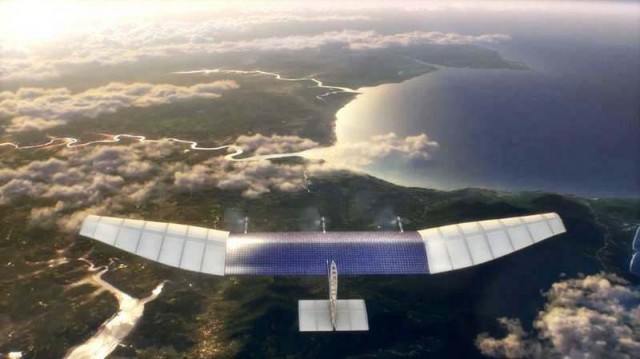
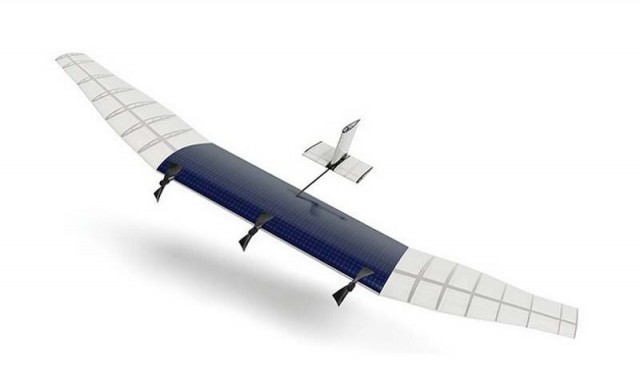
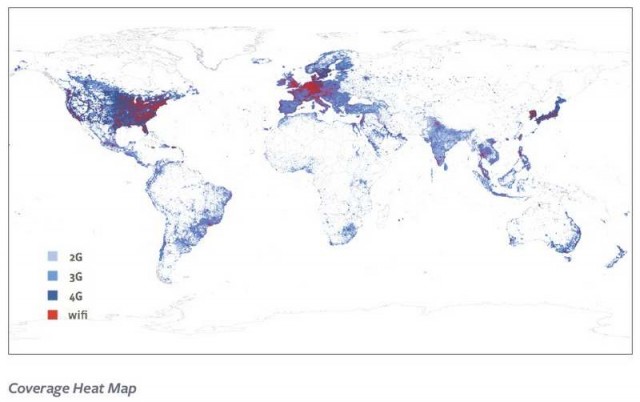
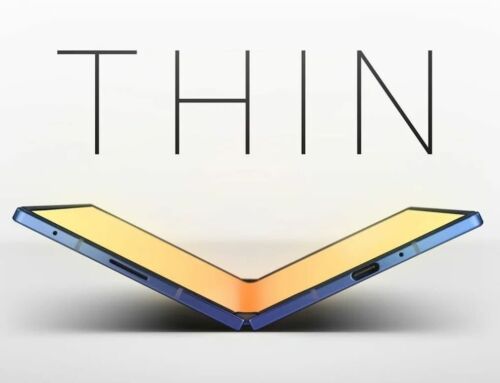
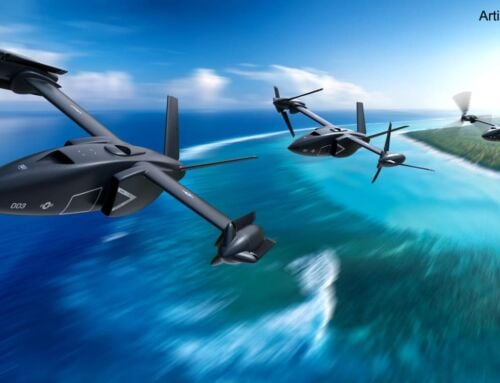
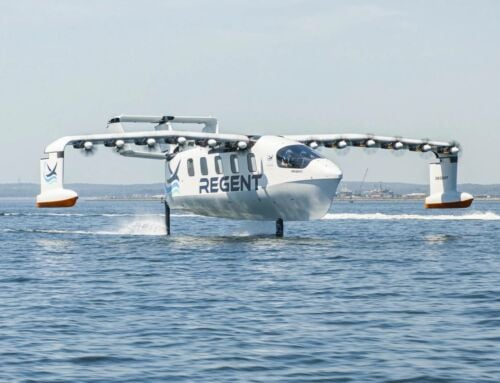
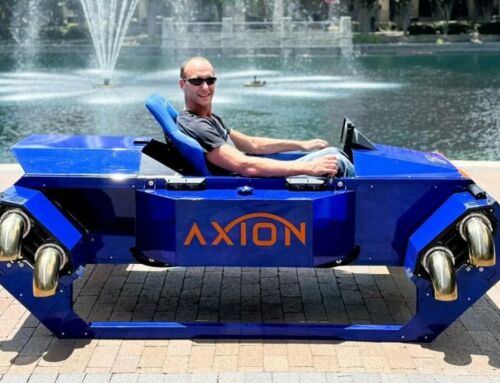
Leave A Comment